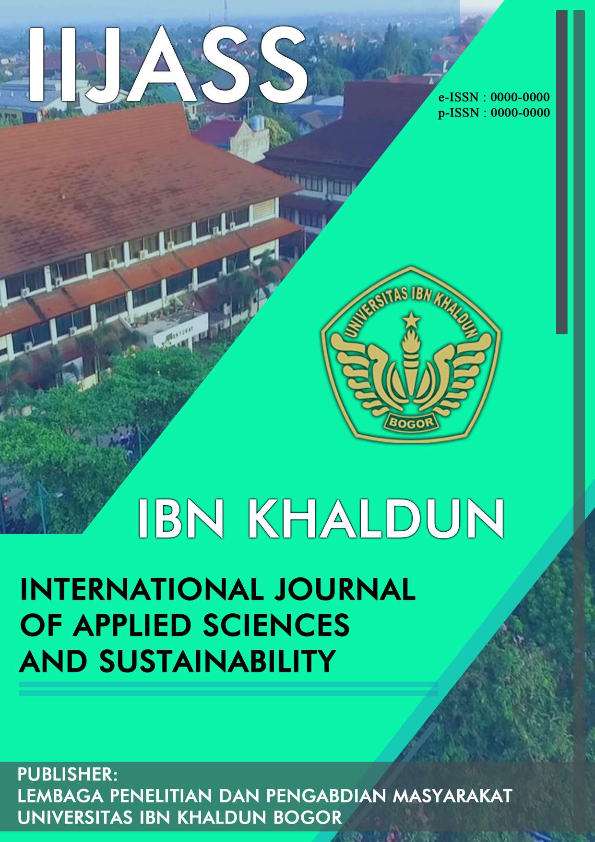Evaluation of failure and design of structural reinforcement for gabion-type retaining walls
Main Article Content
Abstract
The geological conditions of South Tangerang are generally alluvium rocks, which consist of clay, silt, sand, gravel, and boulders. This rock type has a good to moderate level of ease of work, the element of resistance to erosion is quite good, therefore the South Tangerang City area is still quite suitable for urban activities. Judging from the distribution of soil types, generally in South Tangerang there are associations of red latosol and reddish brown latosol which are generally suitable for agriculture or plantations. Based on the existing problems, a solution is needed to maintain the stability of the slopes so that subsequent landslides do not occur which can harm the surrounding community, it is necessary to construct a retaining wall to prevent landslides and increase the safety of the occupants, but still maintain the existing structure. The results of this test are used as a construction plan for the gabion type retaining wall. Tests in the laboratory carried out for planning the construction of retaining walls include soil density testing, soil density testing, direct shear strength testing, gradation inspection testing, plastic limit testing, and atterberg limit testing. The dimensions of the cantilever retaining wall construction are 4.5 meters high, the foot plate width is 0.8 meters, the foot plate height is 0.50 meters, and the top thickness of the retaining wall is 0.50 meters. The load acting on the retaining wall is 20 kN/m2. The active earth pressure load due to the earthquake based on the Mononobe-Okabe method, was 143.58 kN. Stability against shear is obtained at (Fgs) = 0.33 < SF = 1.5 and for stability against overturning (Fgl) = 0.45 < SF = 1.5, the stability to shear and stability to roll is not safe. The stability of the bearing capacity of the soil obtained a safe ultimate capacity (qs) = 252.10 kN/m2 > V = 120.0 kN/m2, so that the collapse of the bearing capacity of the soil is declared safe. Bored pile foundation is designed with a depth of 8.0 meters and a diameter of 0.50 meters, with an axial clearance capacity of 578.45 kN, and a lateral capacity of 58.02 kN.
